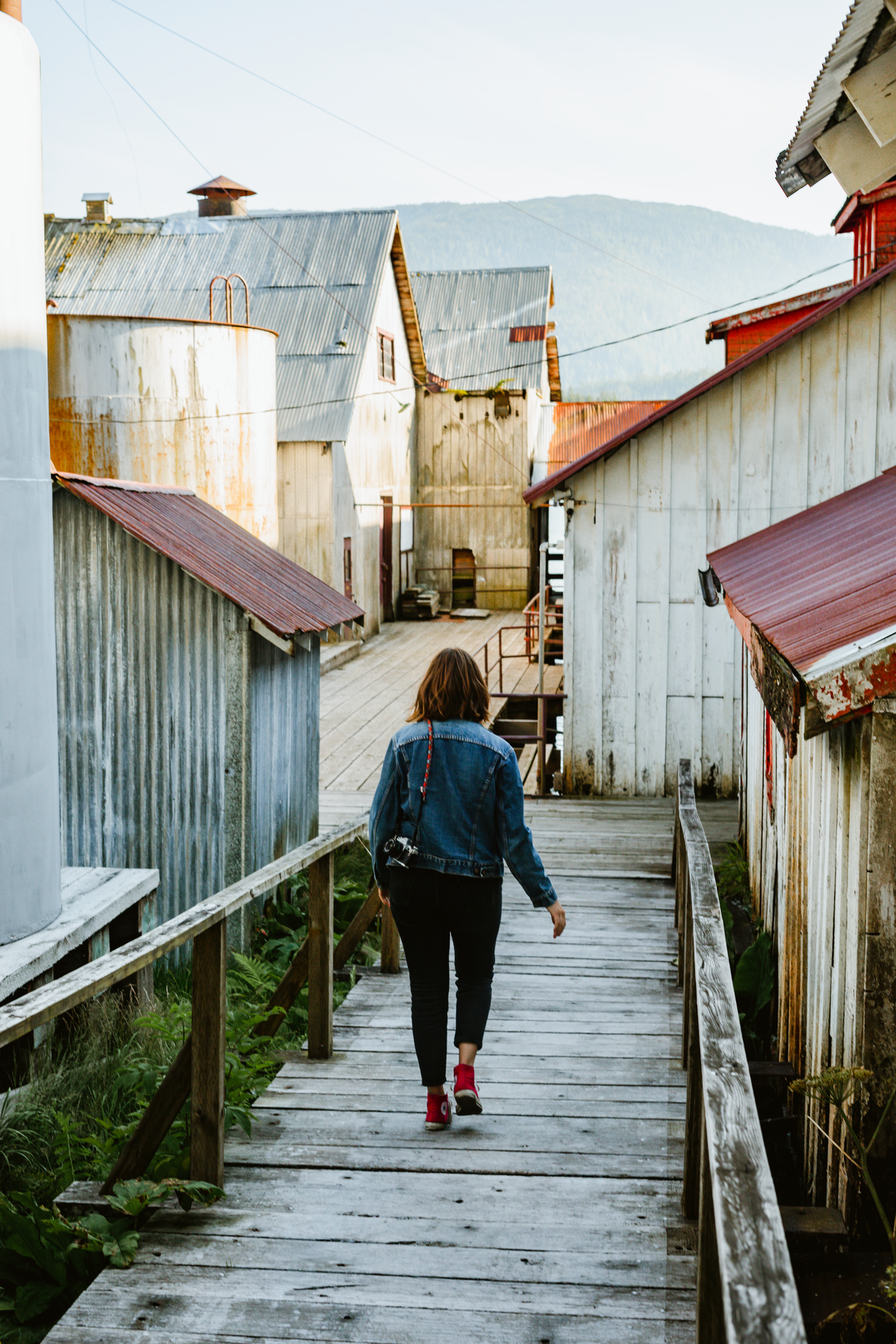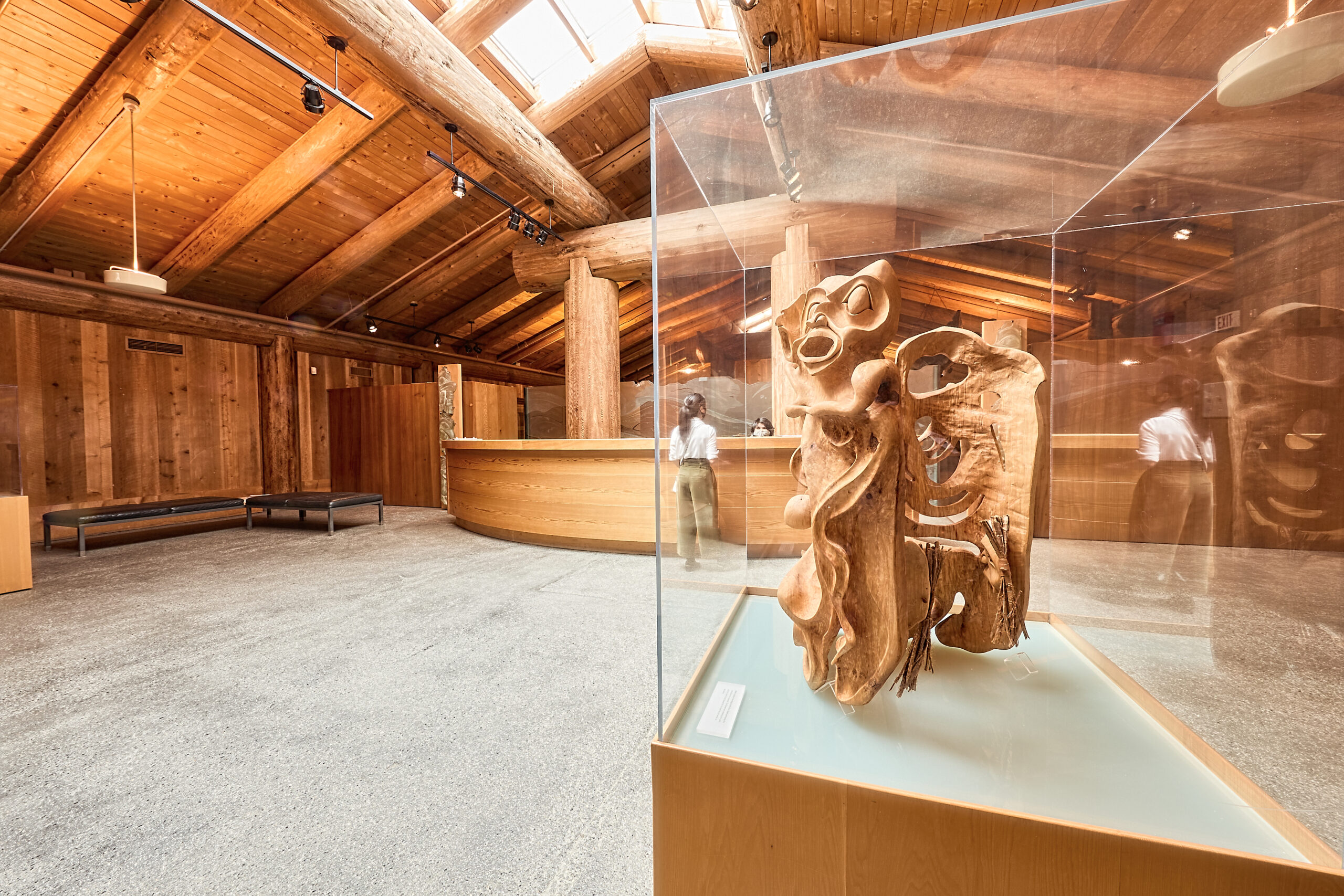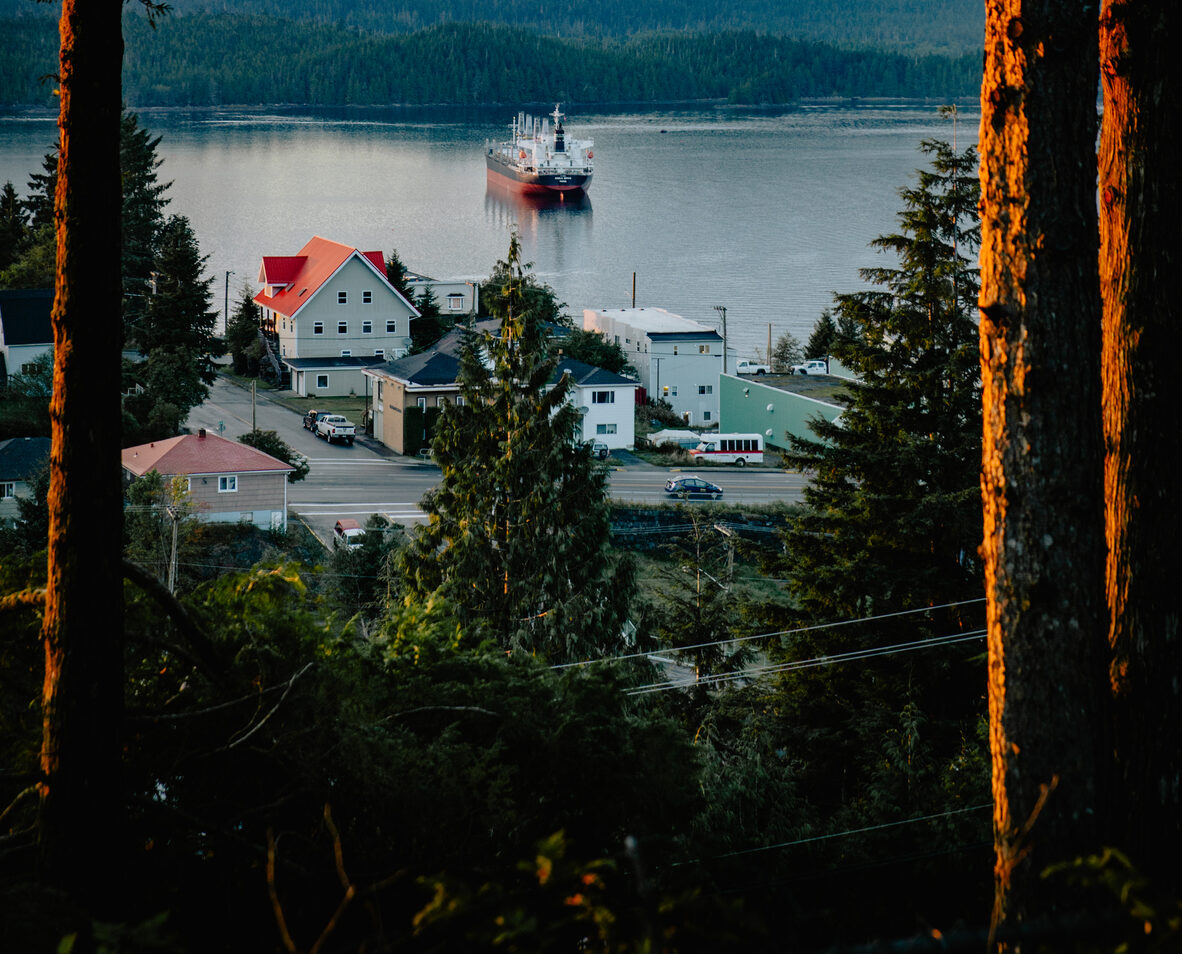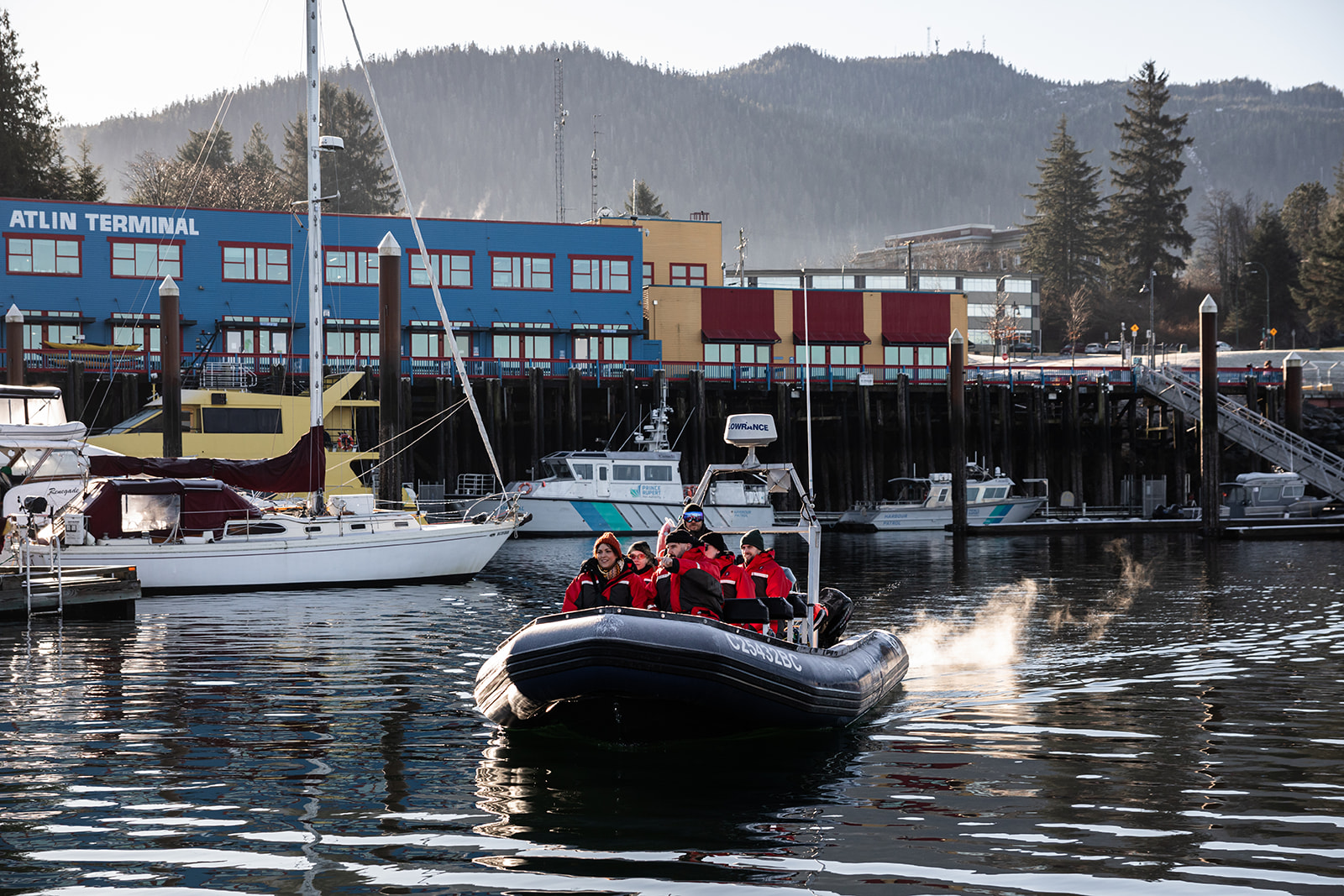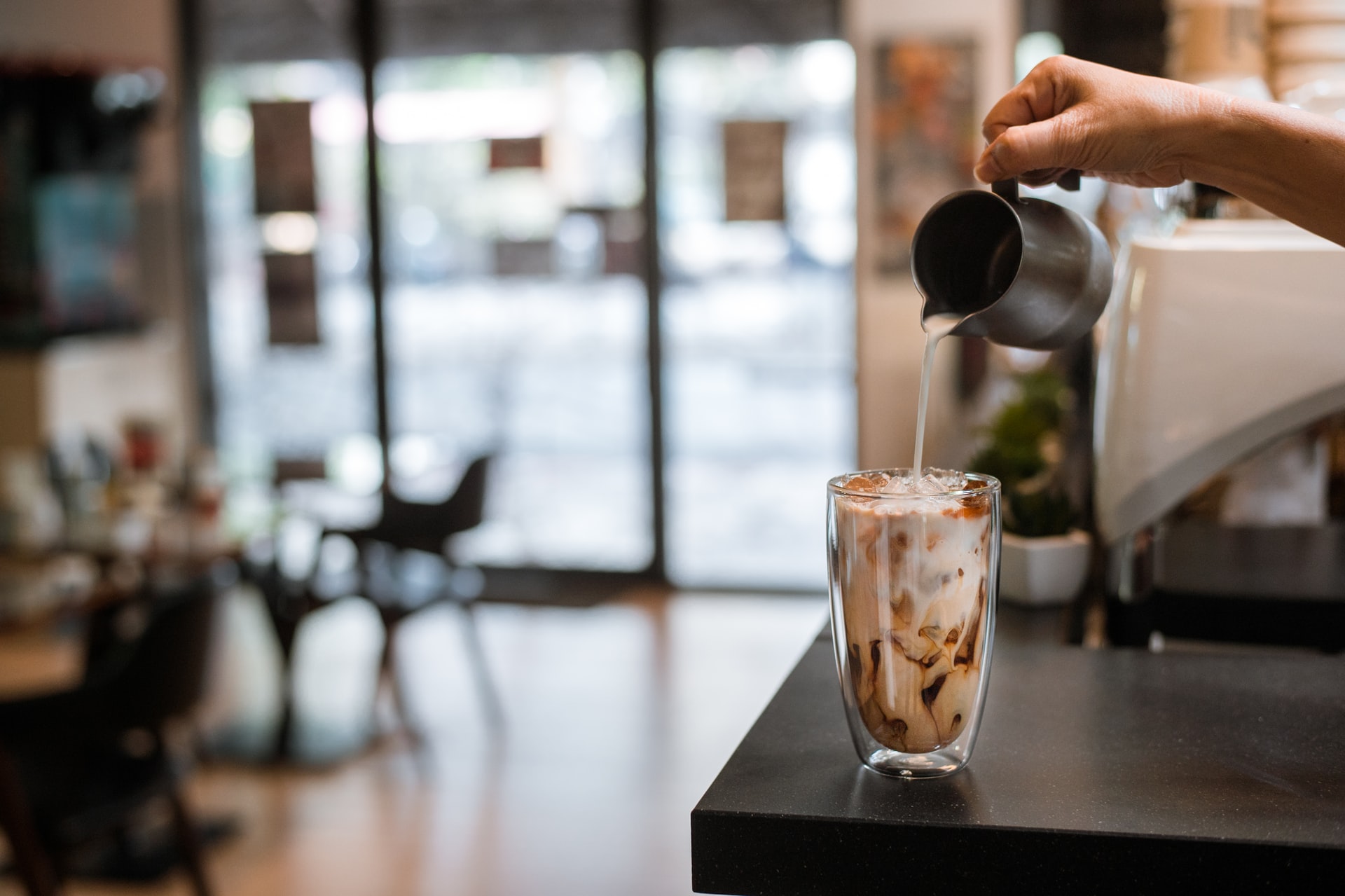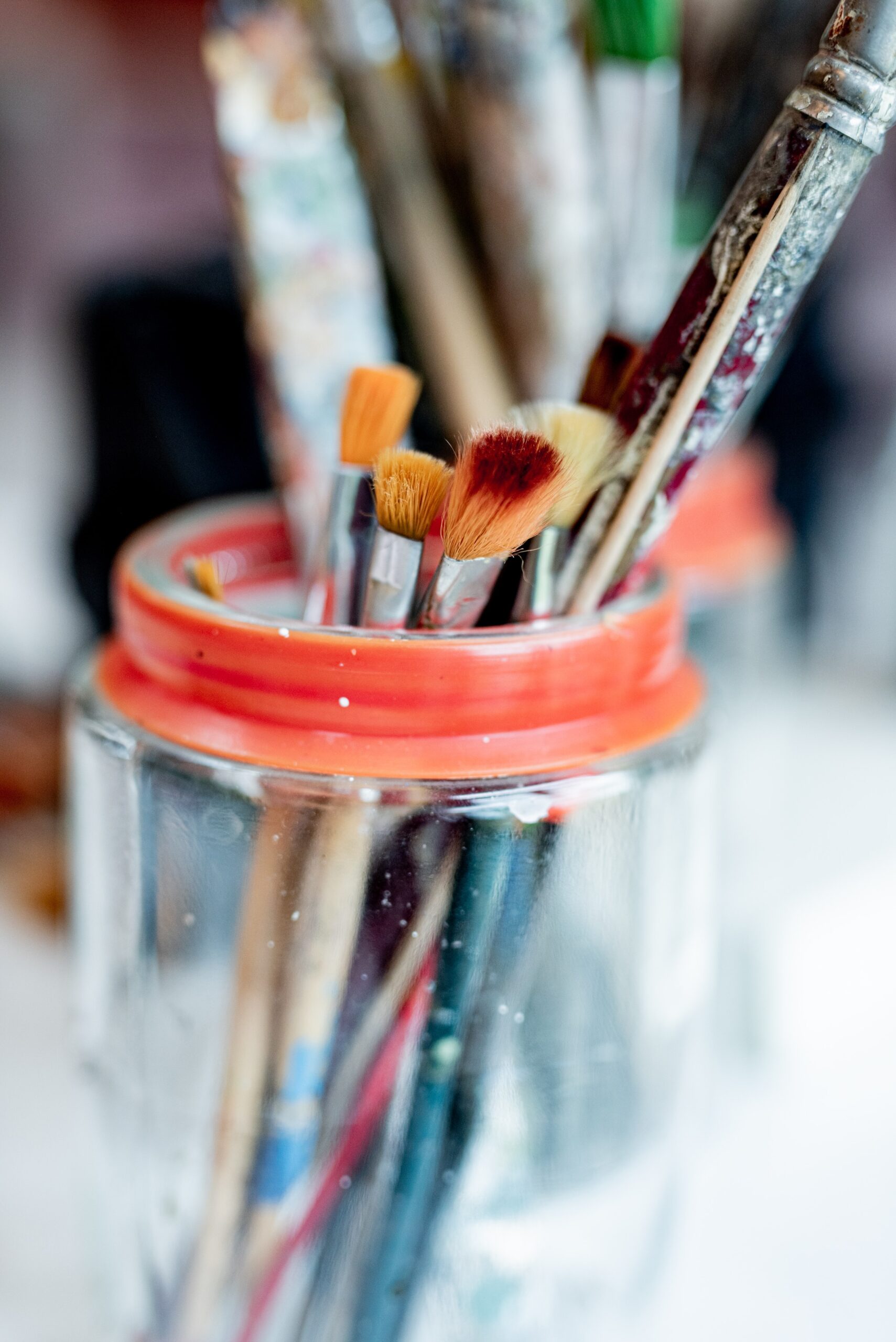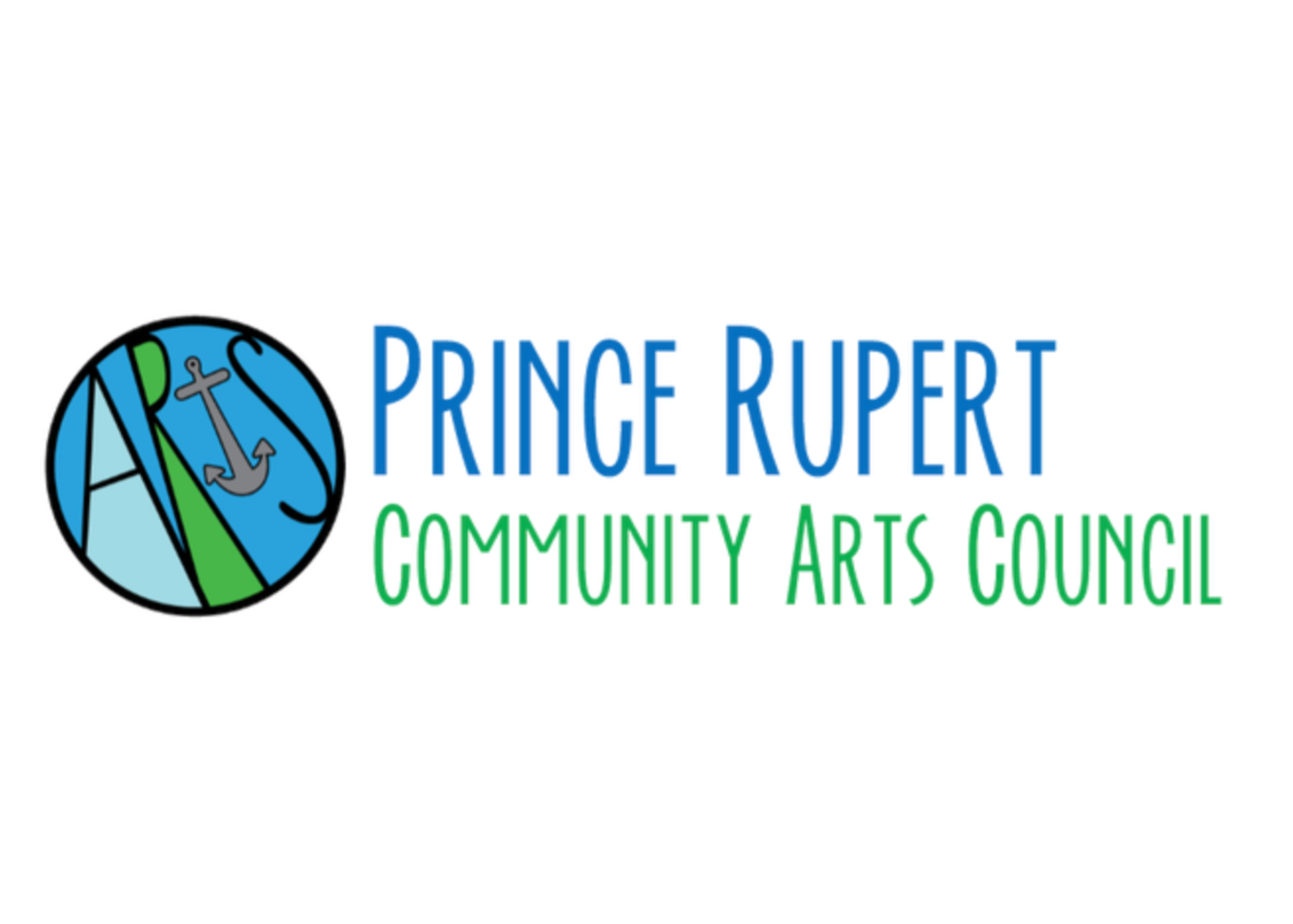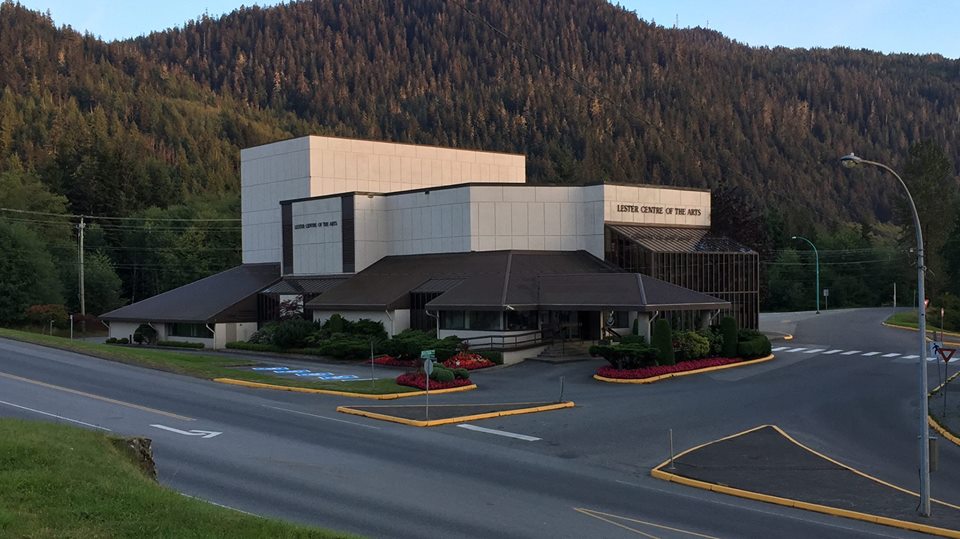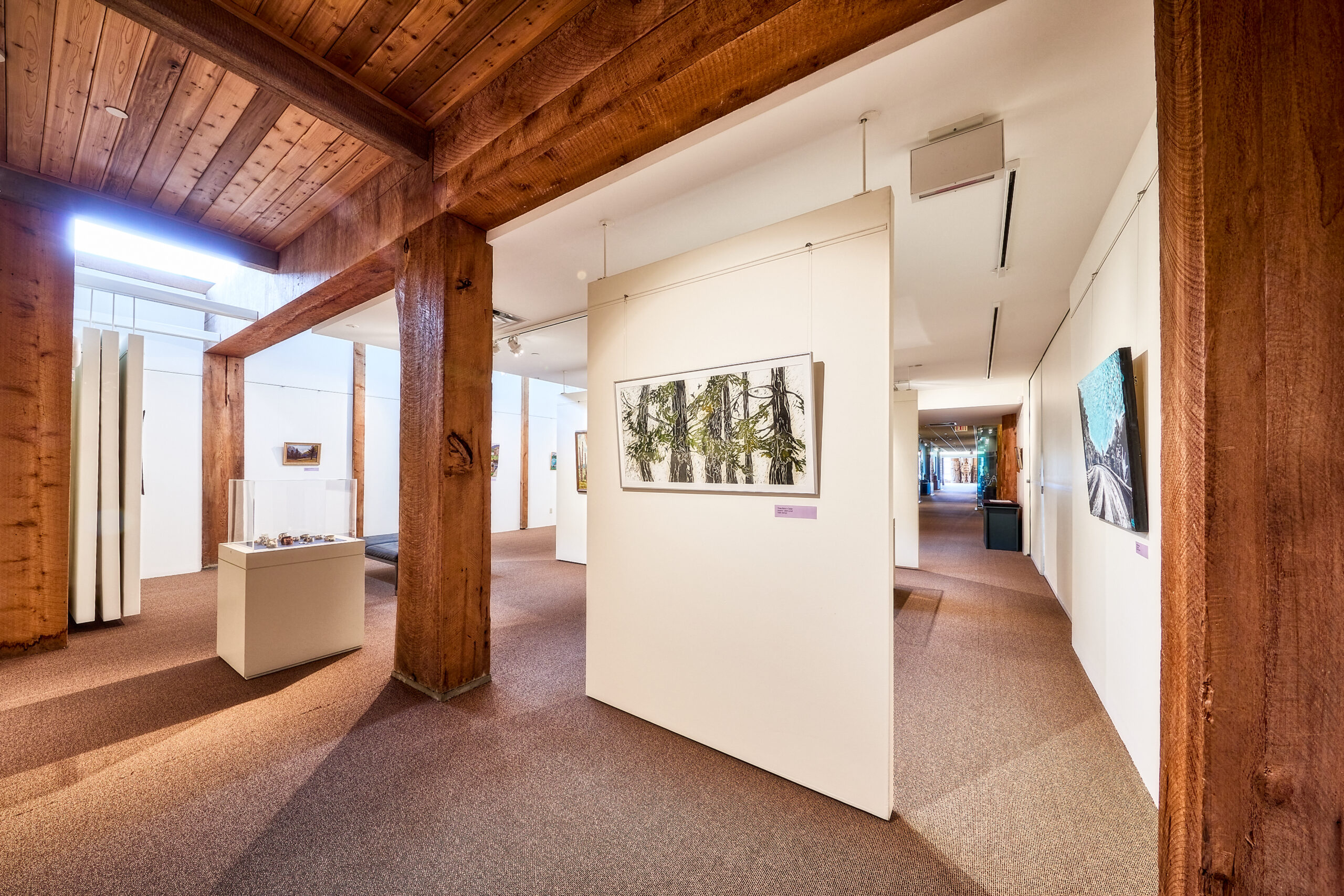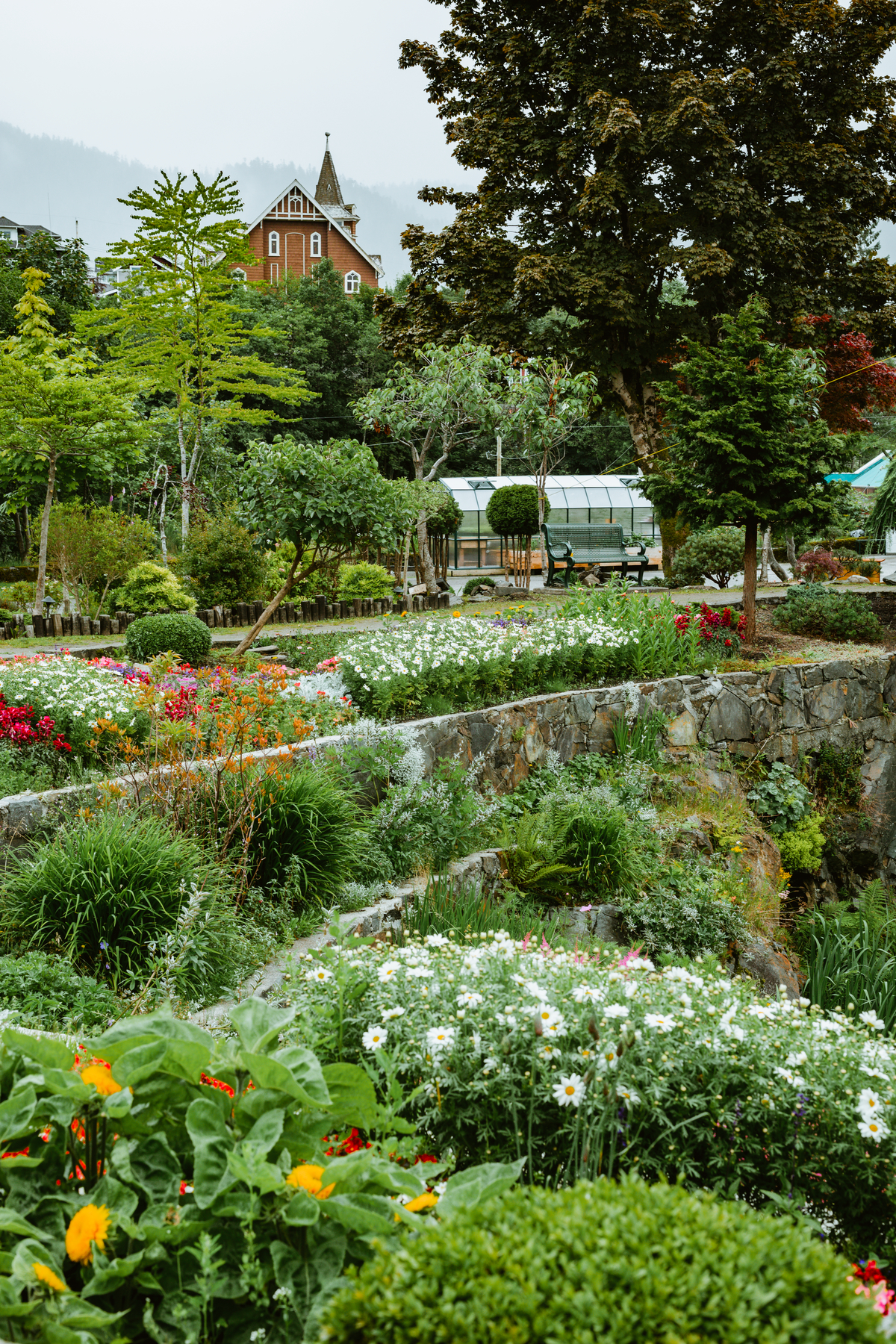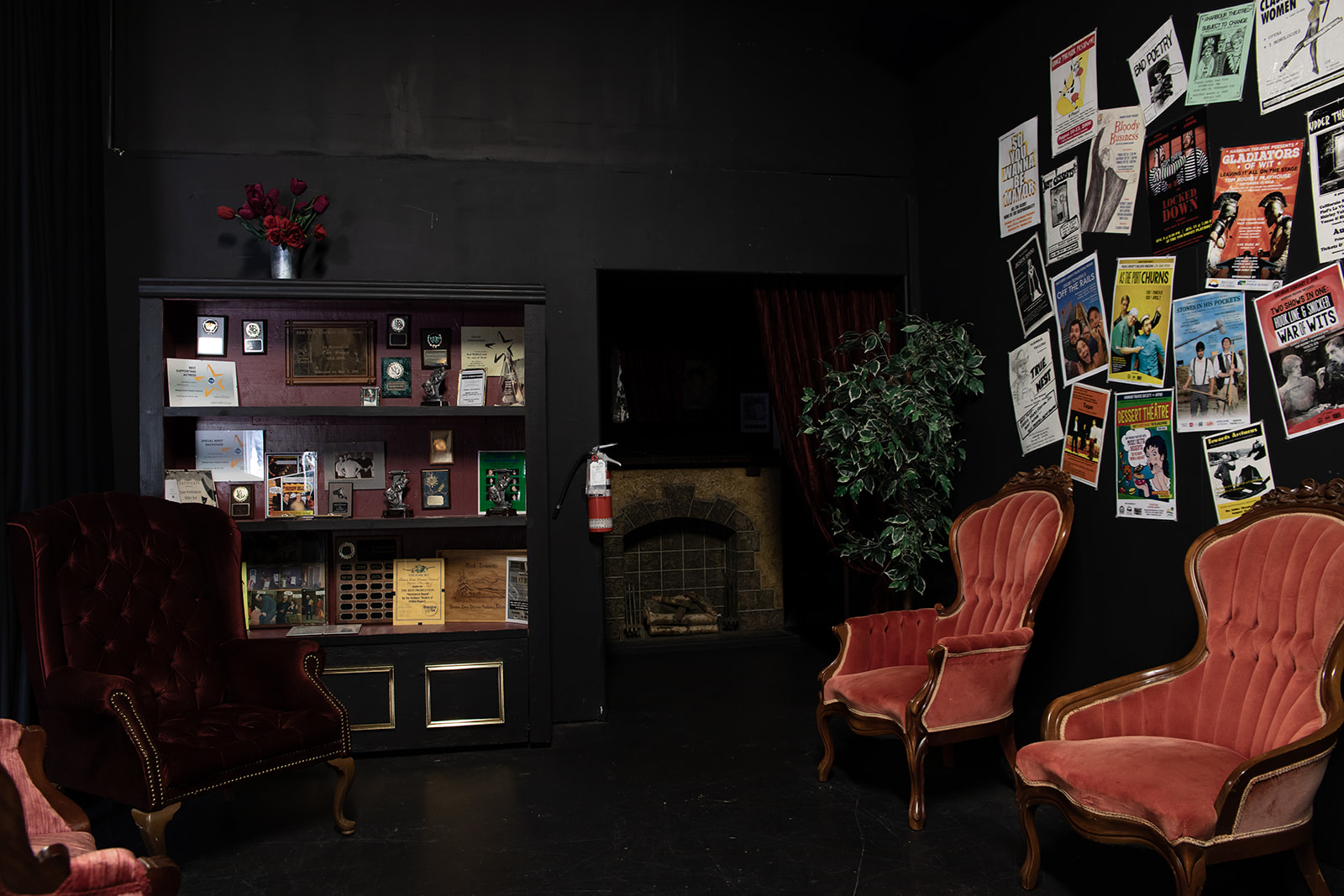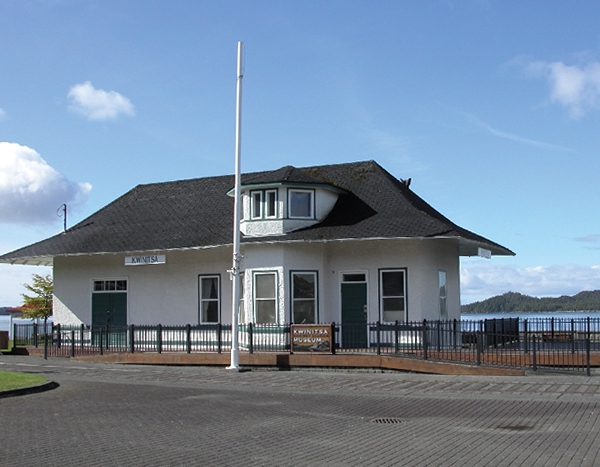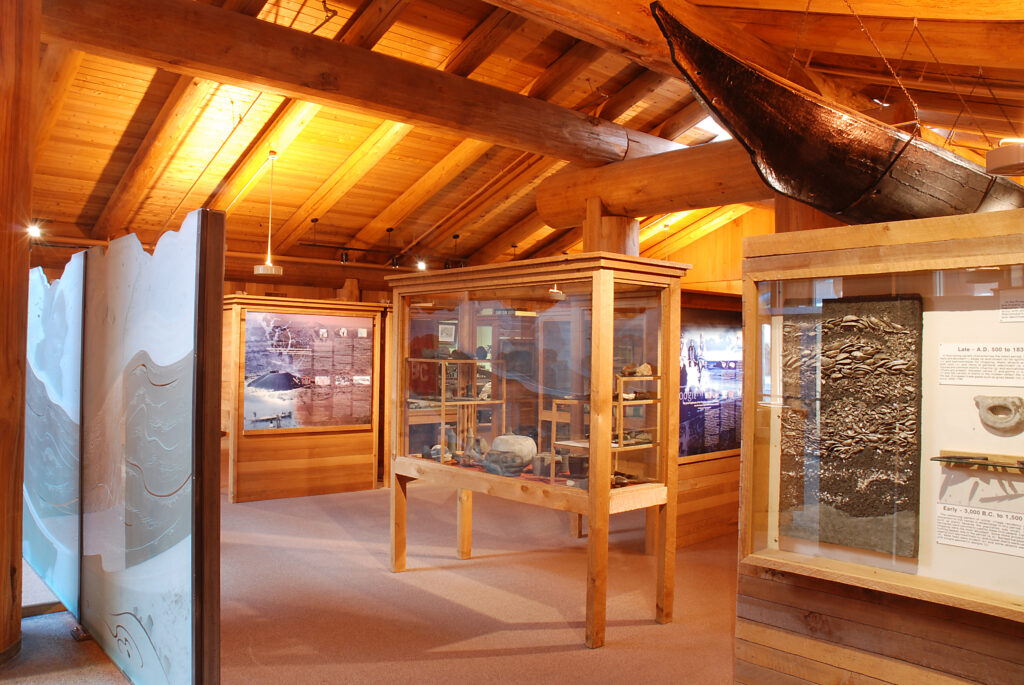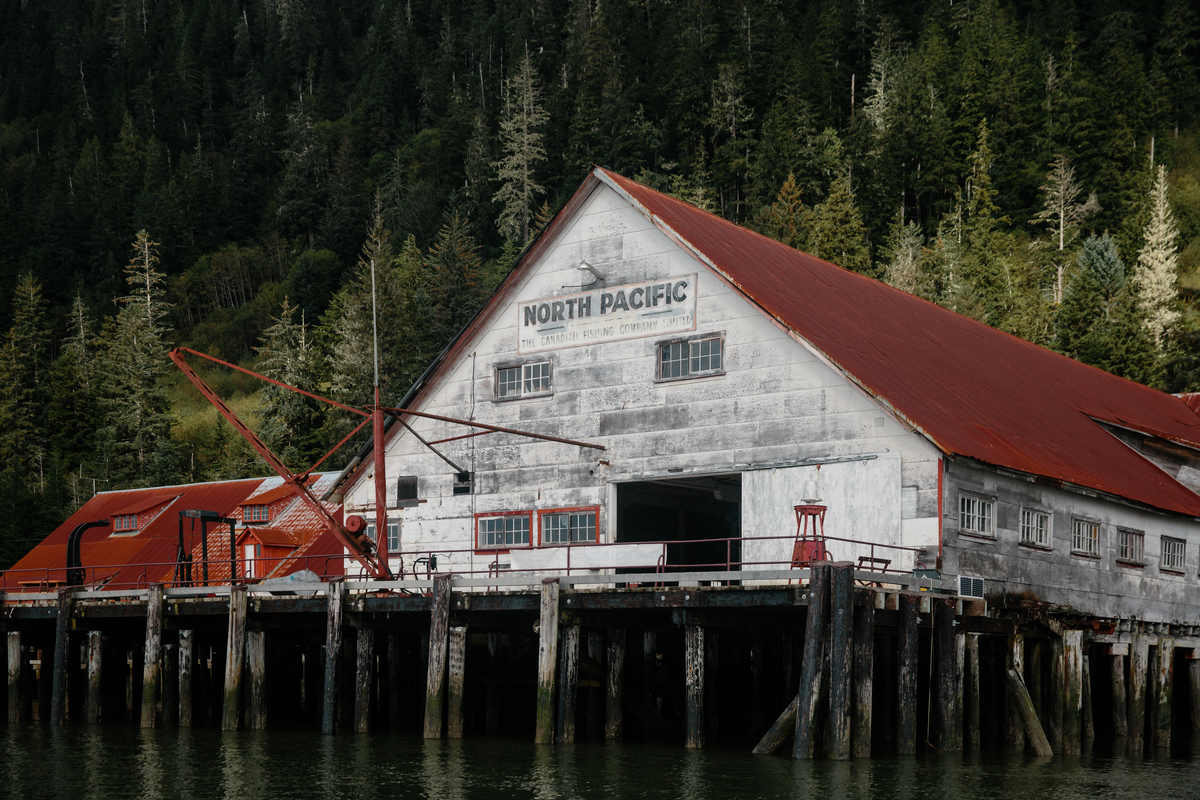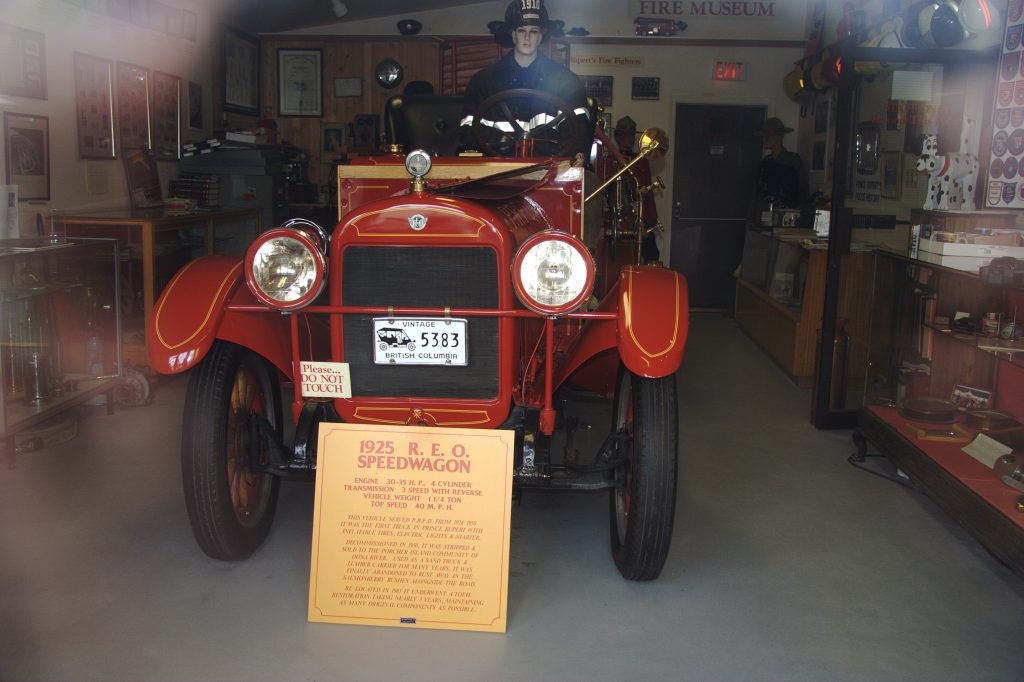TS’MSYEN CULTURE
Ła Bała Sg̱a̱n a Kxeen – Welcome to Kaien Island.
Prince Rupert sits on the ancestral territory of the Ts’msyen Sm’algya̱x-Speaking Peoples. Ts’msyen means “People inside the Skeena River.” For countless generations, Ts’msyen communities presented the familiar line of post and beam houses along the forest’s edge in sheltered bays, with magnificent canoes drawn up on the beach and tall crest poles telling the story of each house and family.
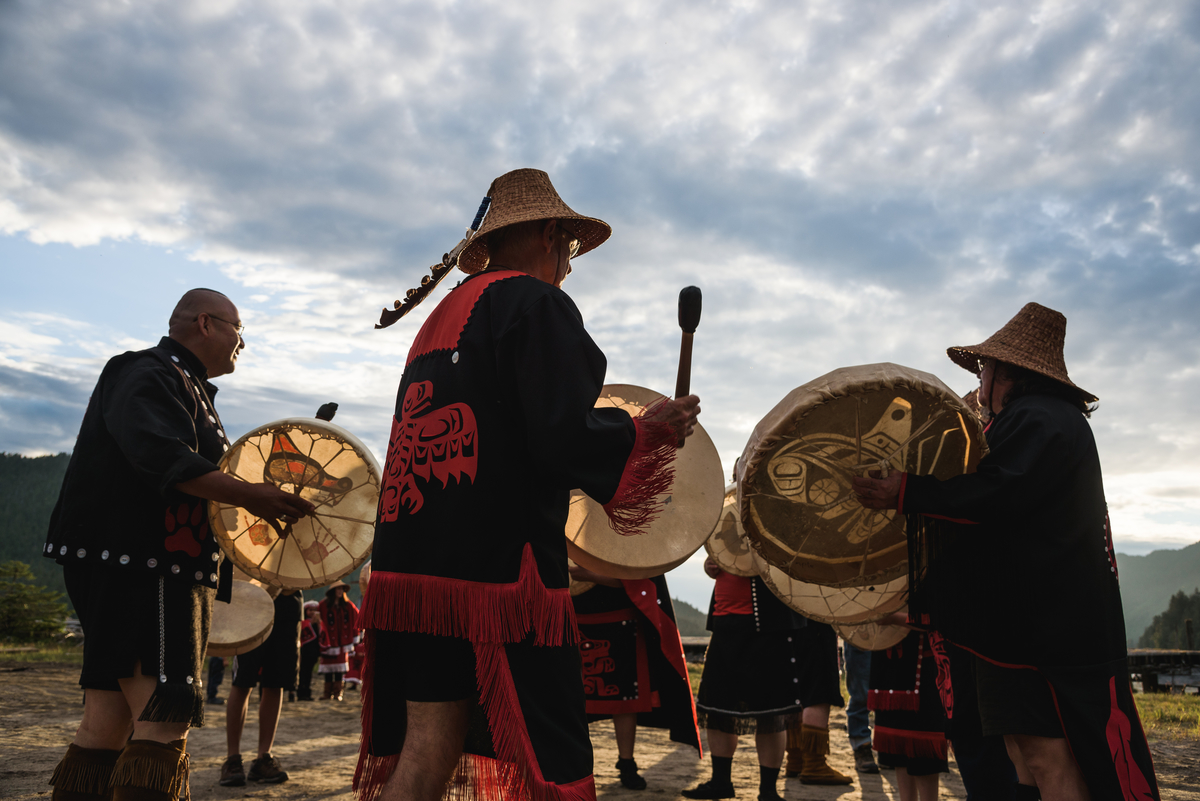
The Gitmaxmak’ay Nisga’a Dancers and the Wii Gisigwilgwelk (Big Northern Lights) Dancers. Image by Dave Silver
Related Businesses
Plan your Prince Rupert itinerary by discovering the unique businesses that operate here.
